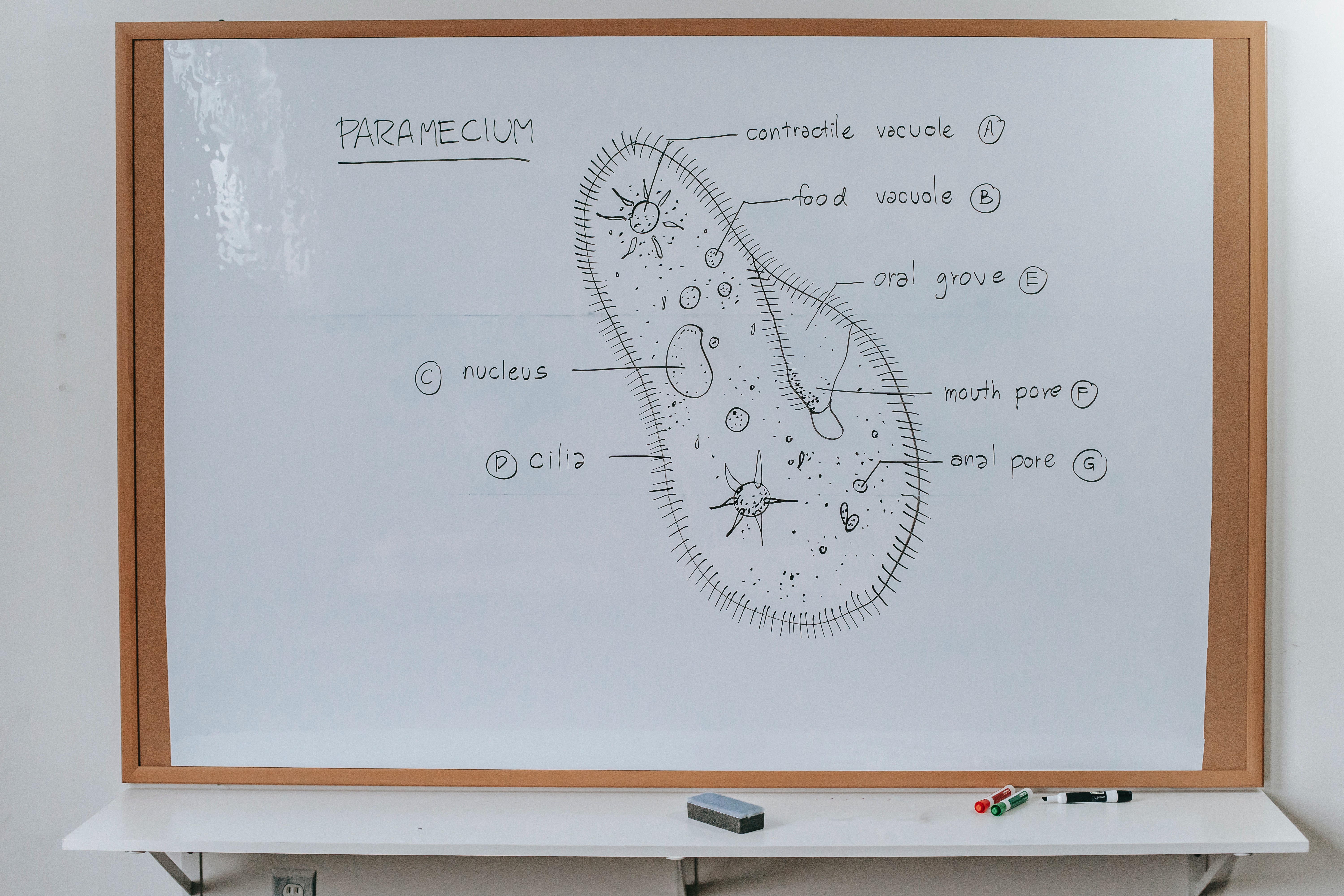Found ! gene regulation revealed in search that began in water-loving, one-celled organism

A pair of enzymes that control genome function and, when absent or altered, are connected to disorders including brain tumours, blood malignancies, and Kleefstra syndrome—a rare hereditary, neurocognitive disorder—have a new purpose, according to Johns Hopkins Medicine researchers.
The latest research, which was released Nov. 21 in Epigenetics & Chromatin, may someday enable researchers to comprehend the illnesses brought on by disruption of these enzymes and create novel therapies for them.
According to Sean Taverna, Ph.D., associate professor of pharmacology and molecular sciences at the Johns Hopkins University School of Medicine, "developing a better understanding of how enzymes impact the activity of our genomes offers valuable insights into biology and can help researchers design new therapeutic approaches for disease."
Taverna started the investigation more than ten years ago while he was looking for variables affecting Tetrahymena thermophila, a one-celled creature that lives in fresh water. The single-celled organism employs a previously unidentified signal to "label" genes that have been switched off, which was discovered by the research team during the initial investigation.
The mark is found on histone proteins, which operate as DNA spools that securely wound genes off and shield DNA from harm. The DNA becomes damaged and the cells do not develop well if Tetrahymena are unable to add the marks, which are added by a process called methylation, which adds chemical tags to a portion of histones called H3K23.
Taverna discovered that the H3K23 position is conserved across Tetrahymena and mammals, including humans, in a follow-up study that was published in 2016. The enzymes that manage the placement of the chemical tags on H3K23 vary between species, though.
It was challenging for the researchers to explore H3K23's function in human biology and illness without knowing the identities of these enzymatic H3K23 "authors" of methylation.
In order to find the mammalian enzymes that add the chemical tags to H3K23, Taverna, David Vinson, a recent Ph.D. graduate, and Srinivasan Yegnasubramanian, M.D., Ph.D., professor of oncology and pathology at the Johns Hopkins Kimmel Cancer Center, conducted a new study.
Vinson screened a large number of methylation-writing enzymes before settling on just one pair, EHMT1/GLP and EHMT2/G9a, that added chemical marks to the H3K23 histone site.
The capacity of the enzymes to insert methylation marks on the H3K23 histone site was greatly diminished when the researchers utilised pharmacological inhibitors and genetic alterations directed against the enzyme pair in human brain cells (neurons) produced in the lab.
The first precedent has been set in human neural cells, and with that, Yegnasubramanian adds, "the door is now wide open to examine the role of these enzymes and the H3K23 alteration in other settings of health and illness, including human cancer."
Researchers are working to understand the precise process by which EHMT1/GLP and EHMT2/G9a attach chemical tags to the H3K23 histone site in order to create medicines that specifically target this activity.
Taverna said that they are interested in finding out how these enzymes are related to H3K23 and why diseases develop when they don't function properly.
Taverna, Yegnasubramanian, Vinson, Kimberly Stephens of the University of Arkansas for Medical Sciences, Robert N. O'Meally, Shri Bhat, and Robert Cole of Johns Hopkins, and Blair Dancy of the Walter Reed Army Institute of Research all made contributions to the study.
Funding for the study was provided by the National Institutes of Health (R01GM118760, R01CA221306 and F31GM130114), the National Science Foundation, the Irving A. Hansen Memorial Foundation and the Commonwealth Foundation.
Story Source:
Materials provided by Johns Hopkins Medicine. The original text of this story is licensed under a Creative Commons License. Note: Content may be edited for style and length.
Journal Reference:
- David A. Vinson, Kimberly E. Stephens, Robert N. O’Meally, Shri Bhat, Blair C. R. Dancy, Robert N. Cole, Srinivasan Yegnasubramanian, Sean D. Taverna. De novo methylation of histone H3K23 by the methyltransferases EHMT1/GLP and EHMT2/G9a. Epigenetics & Chromatin, 2022; 15 (1) DOI: 10.1186/s13072-022-00468-1

0 Comments